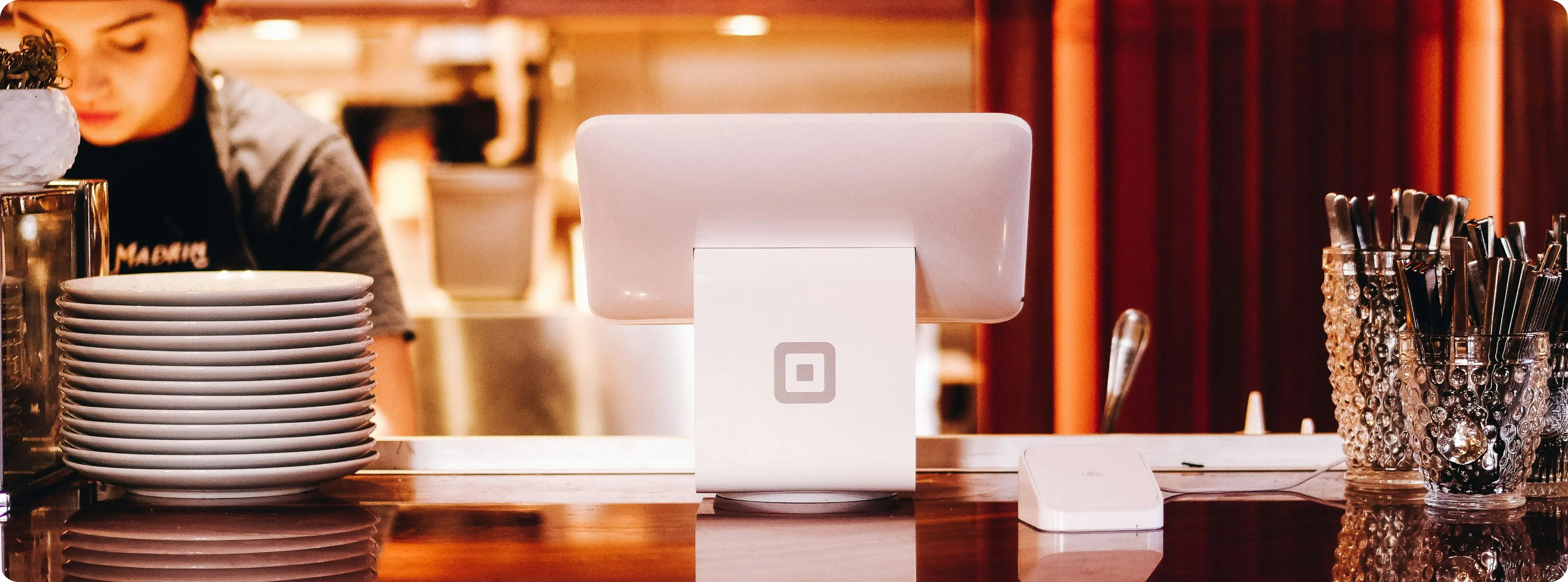Hotel & Restaurant
Hotel & Restaurant

In hotels and restaurants, cold storage is an essential component of food security and quality management. Whether it is storing fresh yield, meat, dairy, or frozen foods, a well -maintained cold room ensures that the materials are fresh, safe and ready for use. Proper cold storage helps to reduce food waste by increasing the shelf life of spoiled foods and maintaining their taste, texture and nutritional value. For example, fresh meat and poultry should be stored on 0-4 ° C (32–39 ° F), while frozen foods such as vegetables, seafood and ready food to maintain their quality -18 ° C to maintain their quality.(0 ° f) or should be kept at temperatures.
For restaurants and hotels, cold storage is not only about freshness - it is likewise about food security. Cold rooms guides how to keep food at the right temperature to prevent the development of bacteria and the risk of food -borne diseases. Additionally, cold storage is important to store beverages such as wine, juice and soda at the right serving temperature, ensuring that customers can always enjoy their desired drinks.With effective cold chamber management, hotels and restaurants can streamline their operations, reduce waste, and ensure that every dishes from the appetizer to the dessert are served in the best way.
| Product | Storage Temperature |
|---|---|
| Fresh Meat | 0–4°C (32–39°F) |
| Frozen Meat | -18°C (0°F) or lower |
| Poultry (Fresh) | 0–4°C (32–39°F) |
| Dairy Products (Milk, Cheese) | 2–4°C (35.6–39.2°F) |
| Fresh Vegetables | 0–4°C (32–39°F) |
| Fruits (Apples, Berries) | 0–4°C (32–39°F) |
| Alcoholic Beverages (Beer, Wine) | 4°C–10°C (39.2°F–50°F) |
| Prepared Foods (Catered Dishes) | 0–4°C (32–39°F) |
| Frozen Foods (Vegetables, Seafood) | -18°C (0°F) or lower |
| Fruit Juices | 4°C–10°C (39.2°F–50°F) |